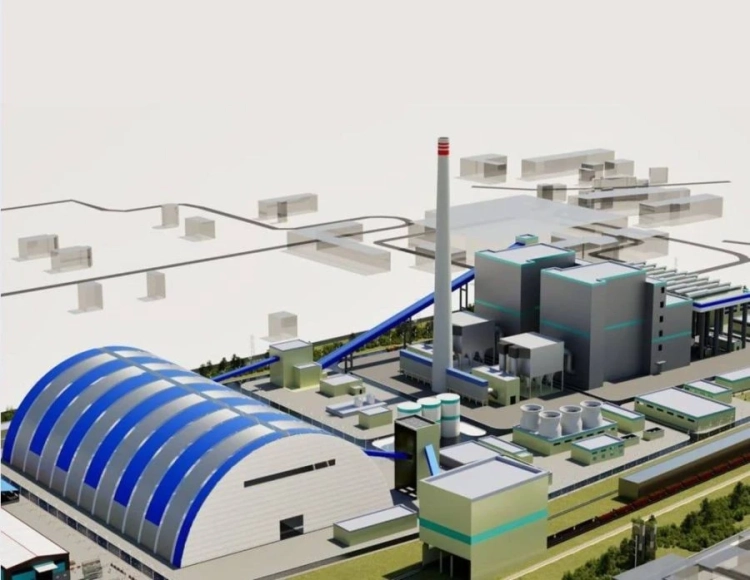
As a result of non-tectonic movements, intermountain depressions and mountain uplifts were formed....

Therapeutic Resources of Kyrgyzstan Currently, more than 120 natural mineral water springs have...

Waters without 'specific' components are distinguished only from a balneological point...

The components and indicators that provide grounds for assessing water as mineral can include the...

No matter how interesting the composition and properties of water manifestations may be, it is...

While the identification of most mineral waters requires various water analyses, and radon waters...

Kara-Shoro Deposit includes 3 areas of carbonated mineral water distribution — namely Kara-Shoro...

Of all the gases found on Earth, radon is the rarest and most expensive, although it is difficult...

Uselik Carbonated Springs are the highest located outlets of carbonated mineral waters in...

The Aksu mineral water deposit is the most intensively exploited deposit of therapeutic table...

Kacharaltur Area is located on the same left bank of the Yassy River as Kara-Shoro, but 200 meters...

Among thermomineral waters, waters of this type occupy a special place; as a rule, being...

Currently, there are 28 known deposits and occurrences of carbonated waters in Kyrgyzstan,...

According to their morphometric data and regime, artificial water bodies—reservoirs—are similar to...

Beshbelchir-Arashan Deposit has the warmest water among all manifestations of carbonated mineral...

The carbonated water of Kara-Kiche is the most sulfate-rich among the carbonated mineral waters of...

Water resources are surface and groundwater that are suitable for use in a given territory. The...

The Arashans of Kyrgyzstan have been known to the local population for their healing properties...

One of the oldest sanatoriums in Central Asia, 'Issyk-Ata' is a health resort of the...

Thermal waters of Ugut are located on the left bank of the Naryn River, 110 km west of the city of...

Jalal-Abad Deposit is located on the left bank of the Kugar River valley on the southeastern...

Airtash Warm Waters were brought to the surface by wells drilled by the Makmal Geological...

Location of the Sanatorium "Djety-Oguz" Located on the northern slope of the Terskey...

Tashkumyr Thermal Springs are located on the eastern outskirts of the city of Tashkumyr, on the...

On a hot summer day on the shores of Lake Issyk-Kul, one can observe a strange sight. Adults,...

Water resources are vital for the economy, humans, and the environment; they are the most...

Thermal Springs of Chon-Kyzylsuu are located 20 km southeast of the village of Pokrovka in the...

As of January 1, 2013, the territory of the Kyrgyz Republic, according to the State Registration...

The Aksu Deposit is located in Eastern Prissykul, 15 km southeast of the town of Krakal, in the...

The Alamedin Deposit is located 28 km south of Bishkek city in the middle reaches of the Alamedin...

In the city of Bishkek, based on the Kyrgyz National Agrarian University named after K. I....

History The "Jalal-Abad" sanatorium is located in the south of Kyrgyzstan, 5 km from the...

Medicinal iron mineral waters are those that contain at least 20 mg/l of dissolved iron. There are...

By the nature of water use, all modern sectors of the economy in the Chui Valley are usually...

The intensive development of industry, transportation, and overpopulation in several areas of the...

Rishtan Deposit is located 15 km south of the city of Rishtan in Uzbekistan and 20 km east of the...

Ak-Talaa includes the valleys of the Ala-Buka, Arpa, and Terek rivers, as well as the southern...

Carbonated water in the Chaek well. For now, this is the only well of its kind in the republic...

All elements and conditions, as well as phenomena and bodies of nature, can be used in public...

Altyn-Arashan Spring is located 22 km southeast of the city of Karakol in the valley of the...

Mineral Springs of Shilbeli contain the least mineralized naturally carbonated water in...

Sanatorium "Kazakhstan" The "Kazakhstan" sanatorium is located in the Bosteri...

Source Arkarsur is the most frequently visited outlet of carbonated waters by wild animals. Not to...

Dzhergalan Thermal Water Deposit was discovered accidentally during the drilling of a parametric...

Kara-Shoro Mineral Waters In the Uzgen district of the Osh region, in order to preserve unique...

Uzbekistan is preparing for significant changes in the management of water resources. President...

People's Experience in Using Natural Resources. The republic has reserves of fossil fuels,...

The TPP-5 project aims to reduce dependence on electricity imported from abroad and increase...